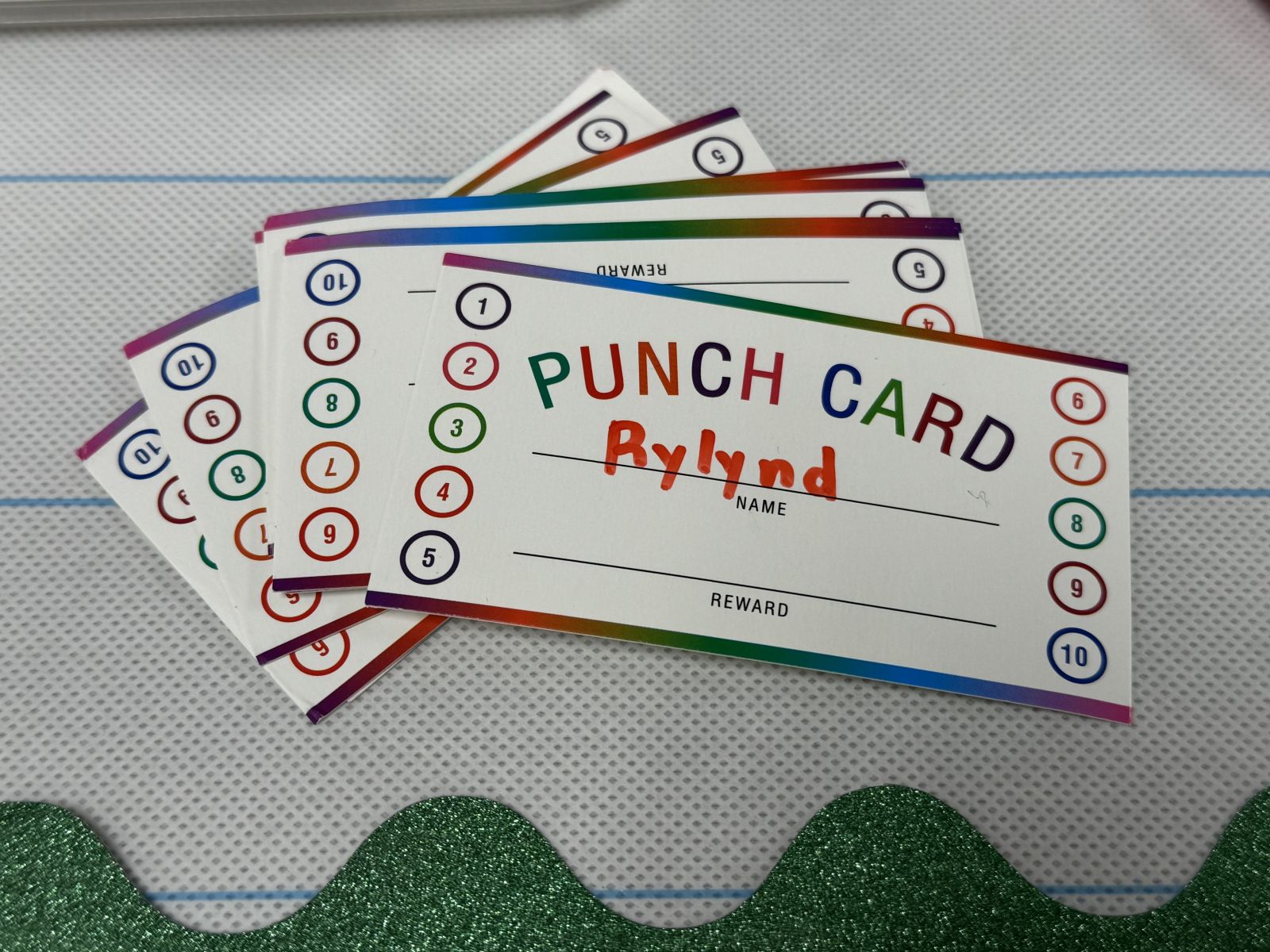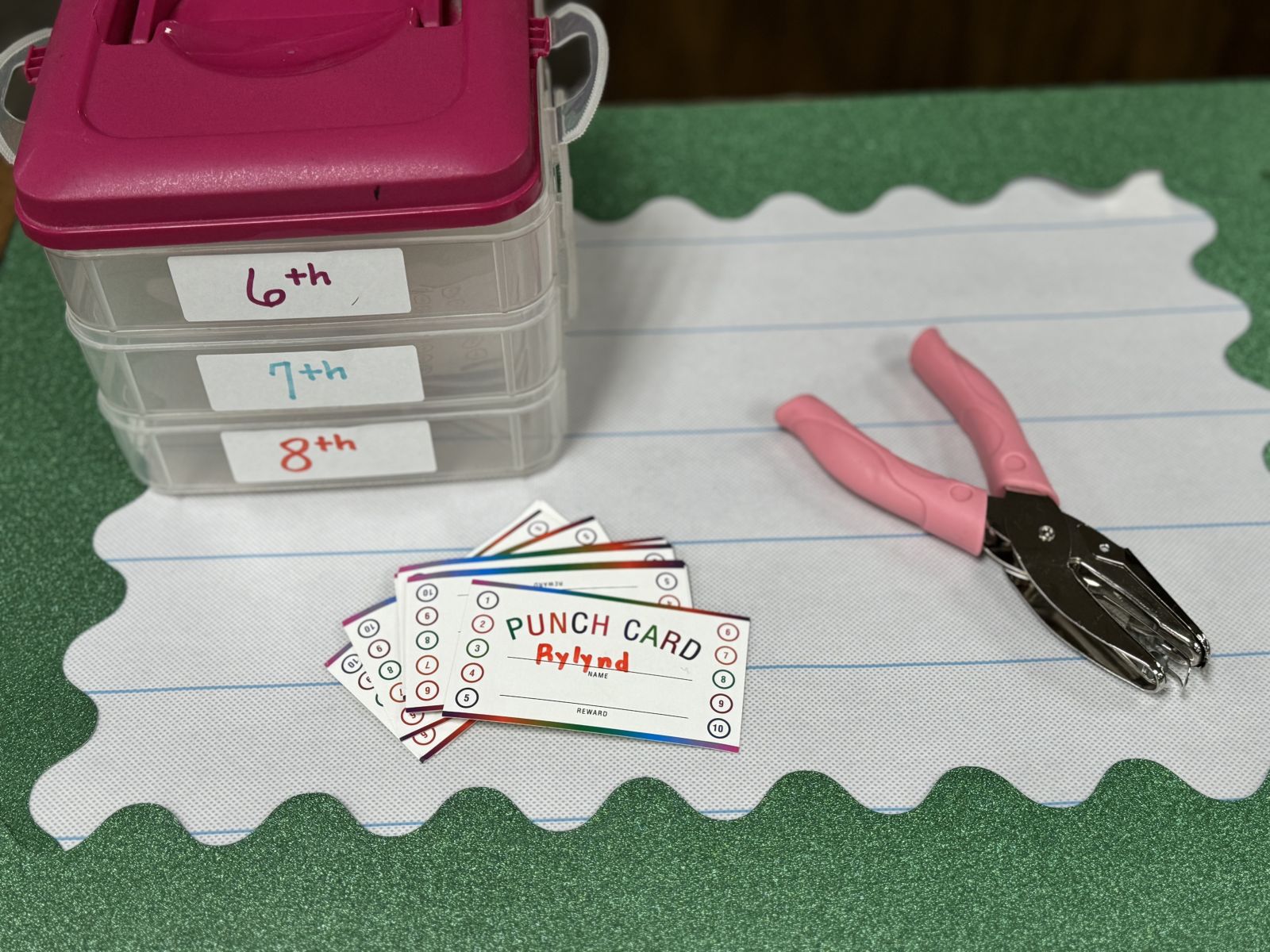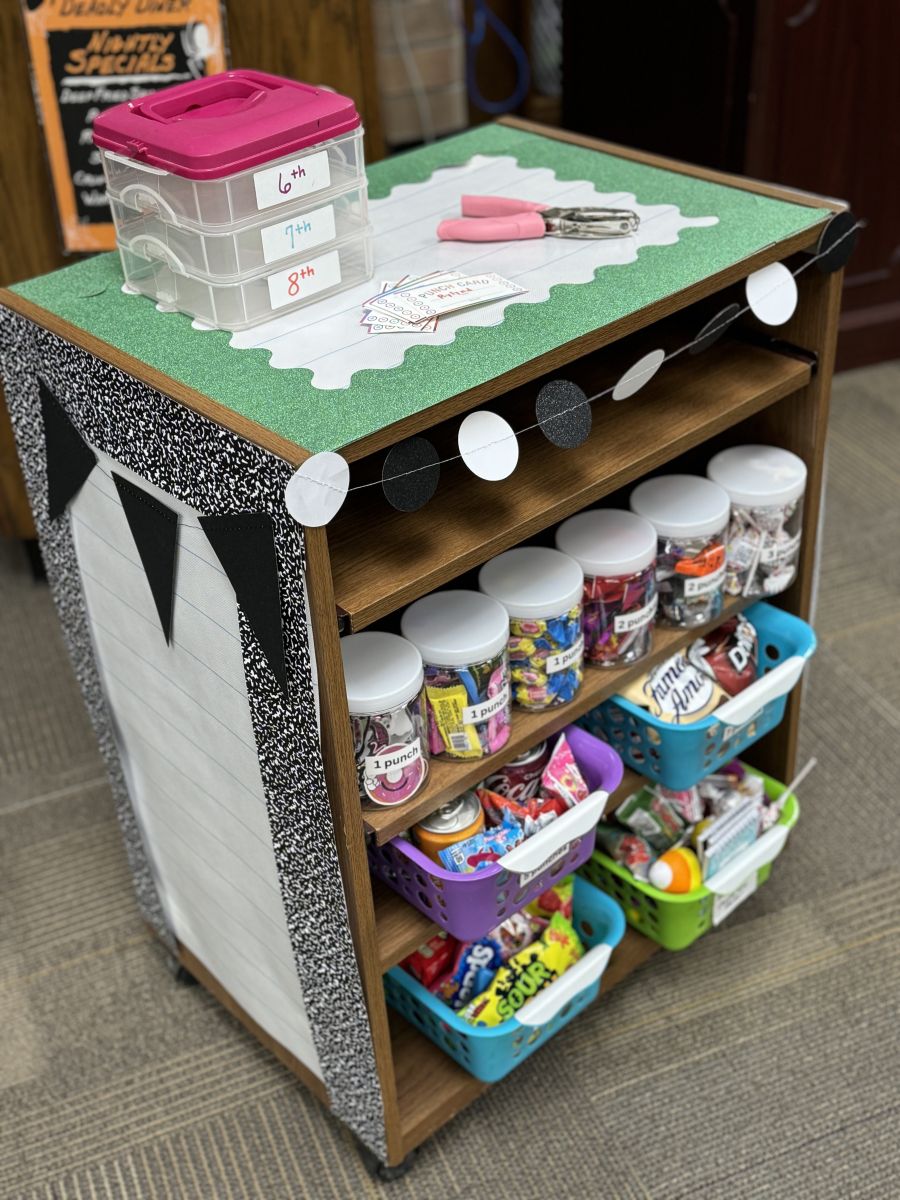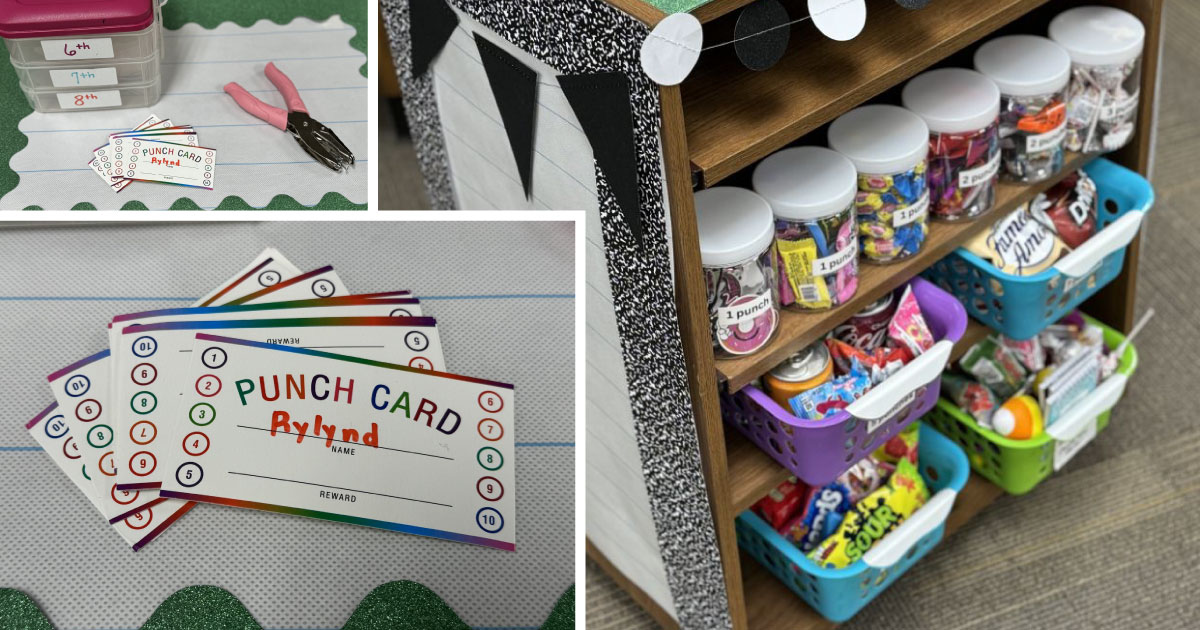This post is based on interviews conducted by Read Naturally marketing associate Madeline Waters with Crest Middle School faculty Jennifer Melton, media specialist and Tier 3 reading interventionist, and Melissa Lawter, school psychologist.
With over 30 years of experience in reading intervention, if there’s one thing we at Read Naturally know for sure, it’s that more practice leads to more progress. In Read Live, that means completing as many stories as possible. Especially for struggling readers who don’t enjoy reading, it’s important to foster the motivation to do that.
School psychologist at Crest Middle School Melissa Lawter notes that, initially, many students don’t view their time in an intervention as something that will benefit them. So, she recommends putting systems in place to help them along. For example, “you pass a story, you get a little treat, you get a little positive praise.”
Tier 3 reading interventionist Jennifer Melton found success last school year with a group incentive program in her Read Live lab: “I told the group that when everybody in the class met and passed six of the 12 passages, we would have a celebration day. Then I would print out how many stories each student had passed and said, ‘9 out of the 12 of you have made this goal, let’s continue to push forward!’ But I would never name them out loud because I didn’t want to put pressure on it. So I ordered them pizza once they all got to that point. And then when we got to the 12 mark and so on we had brownies, sundaes, things like that.”

 This year, Jennifer is introducing an individual incentive program: “I ordered punch cards, so every time they pass a story I’m going to punch their card. Then I built a Dragon Reading Mastery store on a little cart that I’ll be able to wheel around and let the kids trade in their punches for prizes.” (Dragon Reading Mastery is the name of Jennifer's reading lab.)
This year, Jennifer is introducing an individual incentive program: “I ordered punch cards, so every time they pass a story I’m going to punch their card. Then I built a Dragon Reading Mastery store on a little cart that I’ll be able to wheel around and let the kids trade in their punches for prizes.” (Dragon Reading Mastery is the name of Jennifer's reading lab.)
 While the reward programs are fun and motivating from the get-go, Melissa and Jennifer have observed students’ intrinsic motivation growing over time, as well. Jennifer notes that her students really respond to the content in the stories: “A couple of them would say, ‘Well that’s pretty neat!’ or, ‘I didn’t know that…’—whatever the passage was about.” This sense of curiosity led students to become more motivated to read well because they were rewarded with the experience of reading to learn.
While the reward programs are fun and motivating from the get-go, Melissa and Jennifer have observed students’ intrinsic motivation growing over time, as well. Jennifer notes that her students really respond to the content in the stories: “A couple of them would say, ‘Well that’s pretty neat!’ or, ‘I didn’t know that…’—whatever the passage was about.” This sense of curiosity led students to become more motivated to read well because they were rewarded with the experience of reading to learn.
Melissa recalls experiencing that shift firsthand: “You have these kids that are just reading because you told them to, for the minute. But soon enough they're reading out of curiosity. I remember this one kid in particular that I was helping out near the end of the year. The timer went off and he was like, ‘I want to finish the story.’ That was good, being able to see in that moment the bridge from fluency to comprehension for him.”
Jennifer explains, “I think the structure of the Read Live program makes sense to them. They read a story for the first time with me and then they work on it, work on it, work on it, and then they can see that bar graph and that improvement. And I think that’s their favorite part.” She shared that over time, some students even made comments like, ‘You know, we’re getting somewhere with this program!’”
Deep down, struggling readers do want to learn to read. They may not be able to use that feeling as a motivator at the beginning, so we help them along with rewards and praise. However, it often doesn’t take long for students working in Read Live to recognize the value of their efforts and tap into their own inner drive to keep working hard.

 Share your student’s success story—nominate him or her for our Star of the Month award. Win a Barnes & Noble gift card for the student and a Read Naturally gift certificate for your class!
Share your student’s success story—nominate him or her for our Star of the Month award. Win a Barnes & Noble gift card for the student and a Read Naturally gift certificate for your class!
Post a New Comment